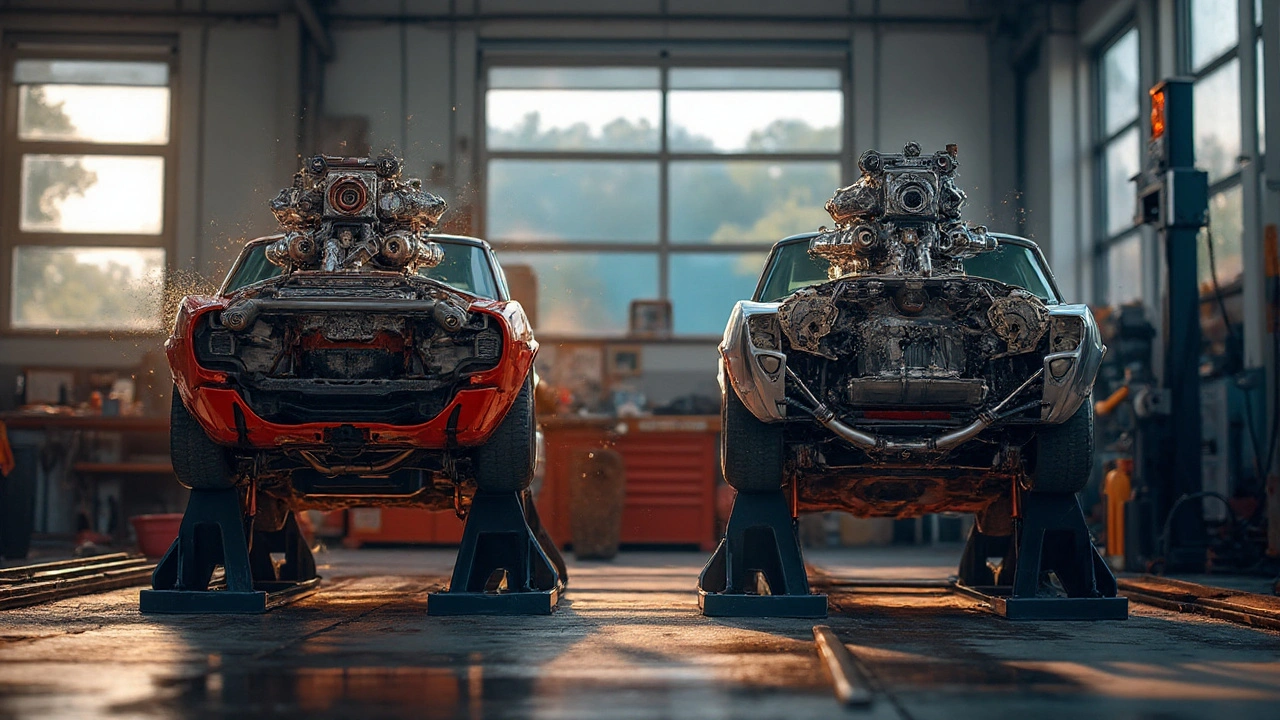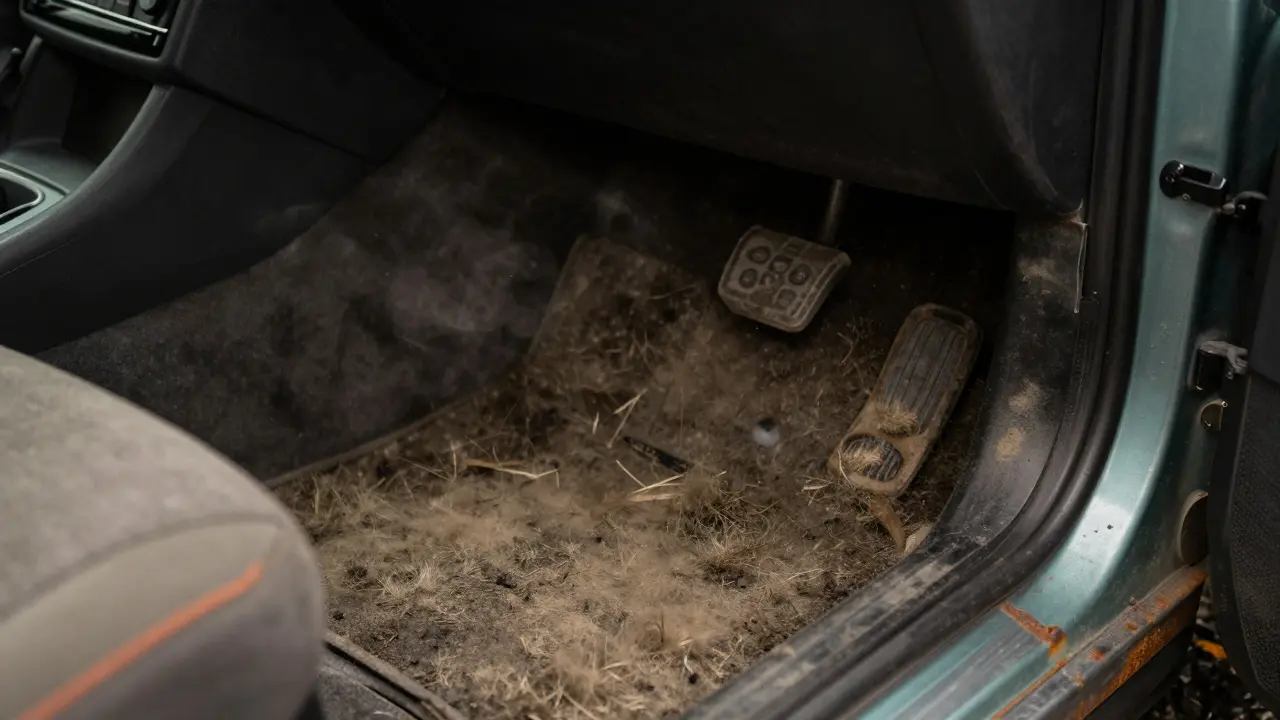Car Parts Performance: Real Ways to Make Your Car Faster and Smoother
If you’ve ever wondered why some cars zip past while yours feels a bit lazy, the answer often lies in the parts under the hood. Swapping a few key components can give you noticeable power, better fuel economy, and a more engaging drive – all without spending a fortune on a new vehicle.
Top Performance Parts That Actually Make a Difference
Air filter: A high‑flow filter lets more clean air into the engine, helping it burn fuel more efficiently. It’s cheap, easy to replace, and you can feel the difference in throttle response right away.
Exhaust system: Upgrading to a performance cat‑back exhaust reduces back‑pressure, freeing up horsepower. Look for a system that matches your car’s size; a poorly sized pipe can hurt low‑end torque.
Spark plugs: Iridium or platinum plugs fire more reliably at higher RPMs. If your plugs are older than 30,000 miles, swapping them can smooth out misfires and improve acceleration.
Suspension components: Stiffer sway bars, performance shocks, or coil‑overs keep the tires planted during hard cornering. Even if you’re not a track driver, a tighter suspension makes daily driving feel more confident.
Tires: The right tire compound and profile can turn a modest power increase into real grip on the road. Choose a set that fits your climate and driving style – summer performance tires for dry roads, all‑season high‑performance tires for mixed conditions.
How to Choose the Right Parts for Your Car and Budget
Start with a goal. Want more horsepower? Focus on intake, exhaust, and engine tuning. Need better handling? Look at suspension, brakes, and tires first. Once you have a target, compare OEM (original equipment manufacturer) parts with reputable aftermarket brands. OEM parts guarantee fit, but aftermarket often offers weight savings and performance gains.
Check reviews from owners of the same make and model. Forums, YouTube install guides, and Facebook groups can reveal real‑world reliability and potential pitfalls. If a part has a solid warranty – 2 years or more – that’s a good sign the manufacturer stands behind it.
Don’t overlook the installation cost. Some upgrades, like a simple air filter, are DIY‑friendly. Others, such as a full exhaust or suspension kit, may need a professional mechanic. Budget both parts and labor to avoid surprise expenses.
Finally, think about maintenance. Performance parts often require more frequent checks – a sports‑tuned exhaust might need periodic inspection for rust, and high‑performance brake pads wear faster. Keep a maintenance log so you know when to replace or service each component.
By focusing on the parts that give the biggest bang for your buck and matching them to your driving goals, you can turn an ordinary ride into a lively, responsive machine. Start with one upgrade, feel the change, then plan the next step. Your car’s performance is a puzzle – the right pieces make all the difference.





